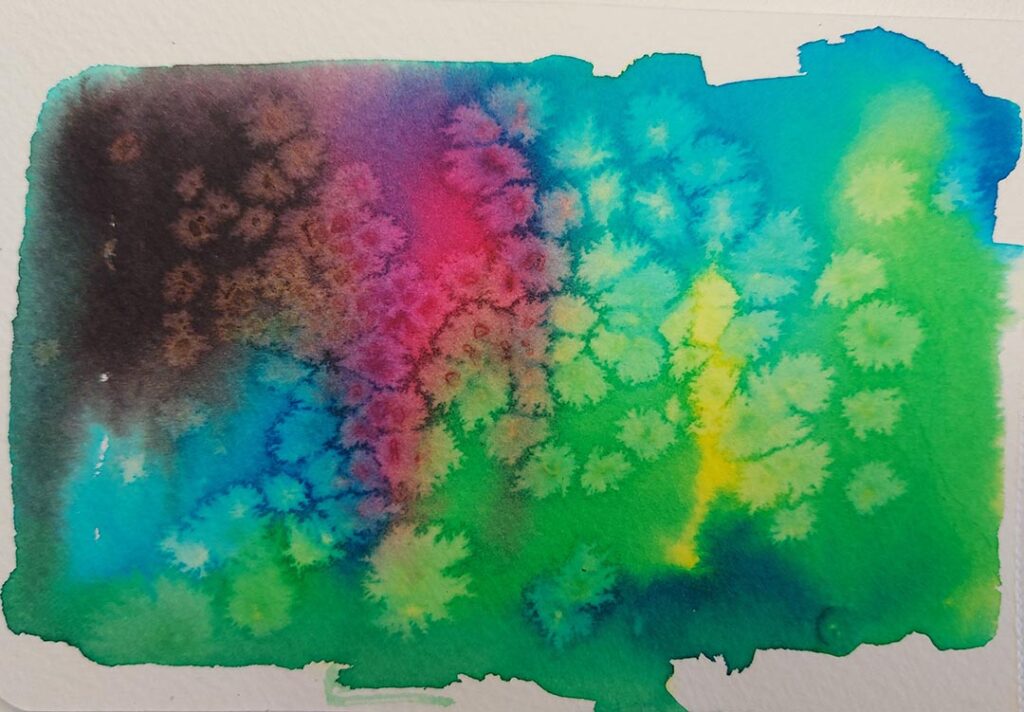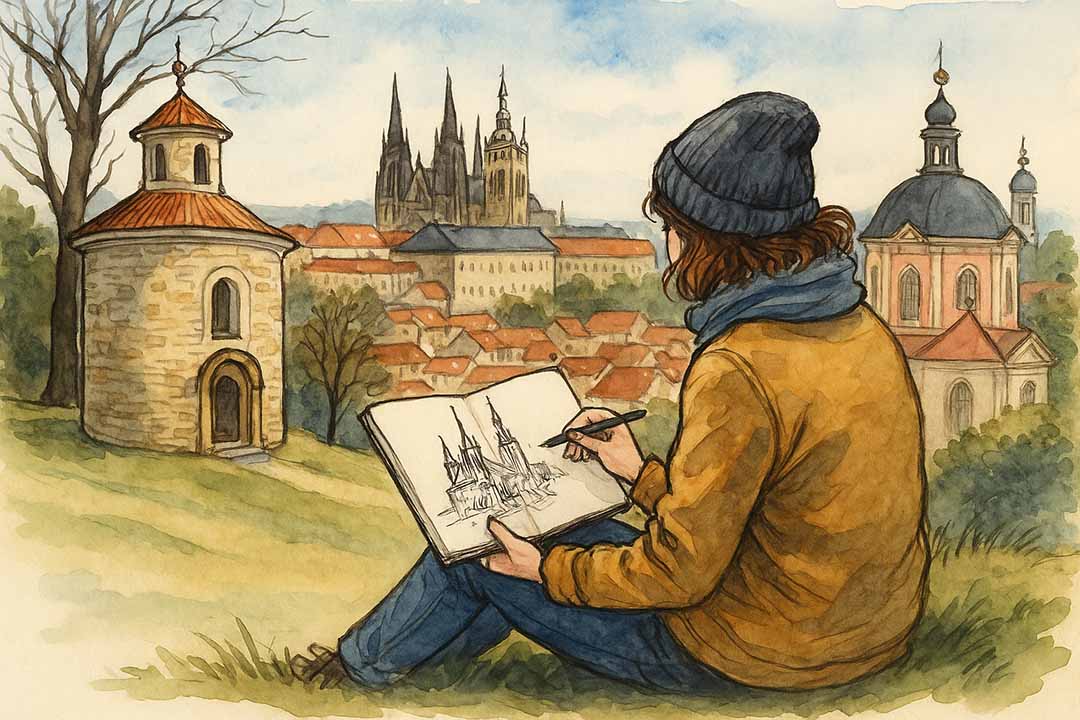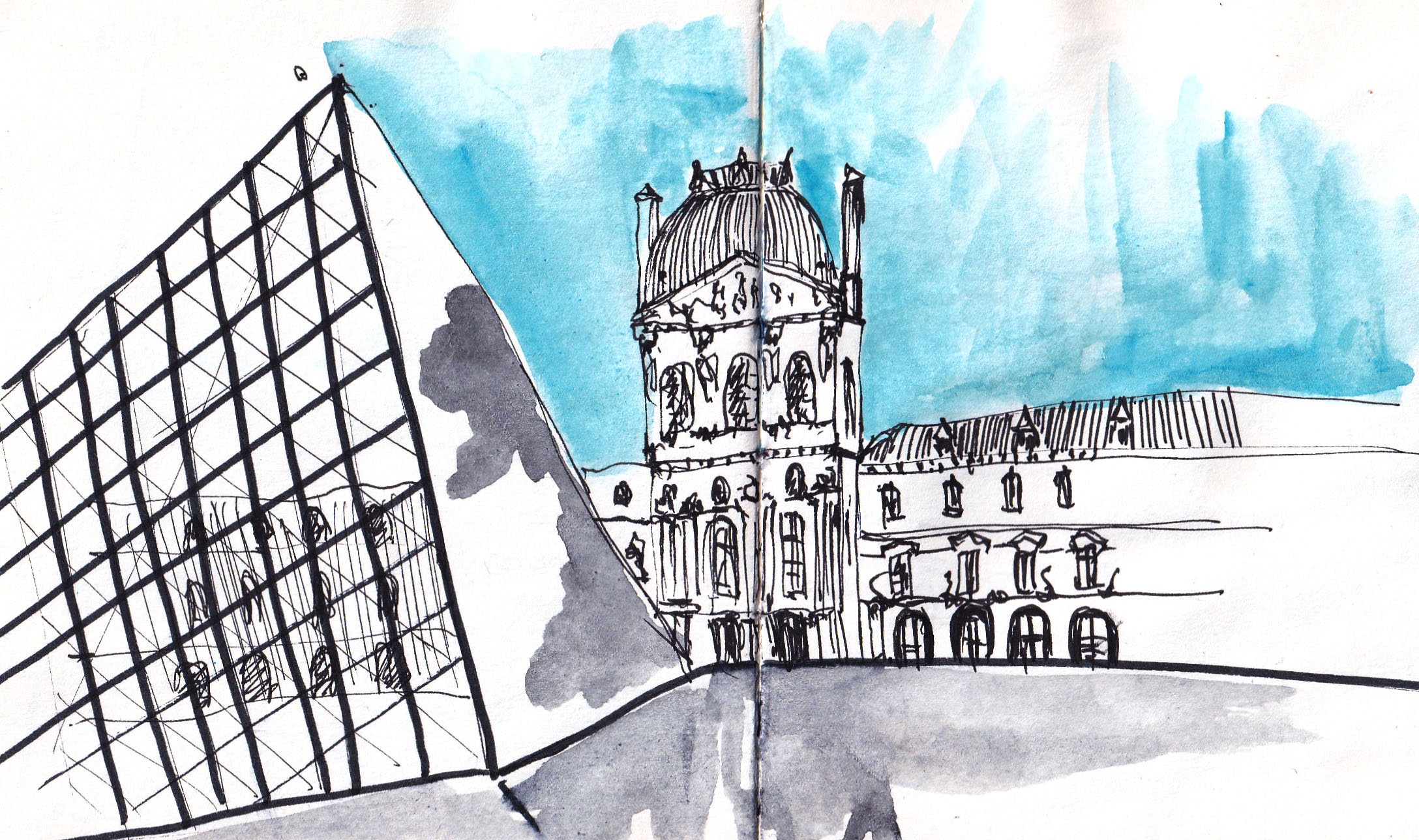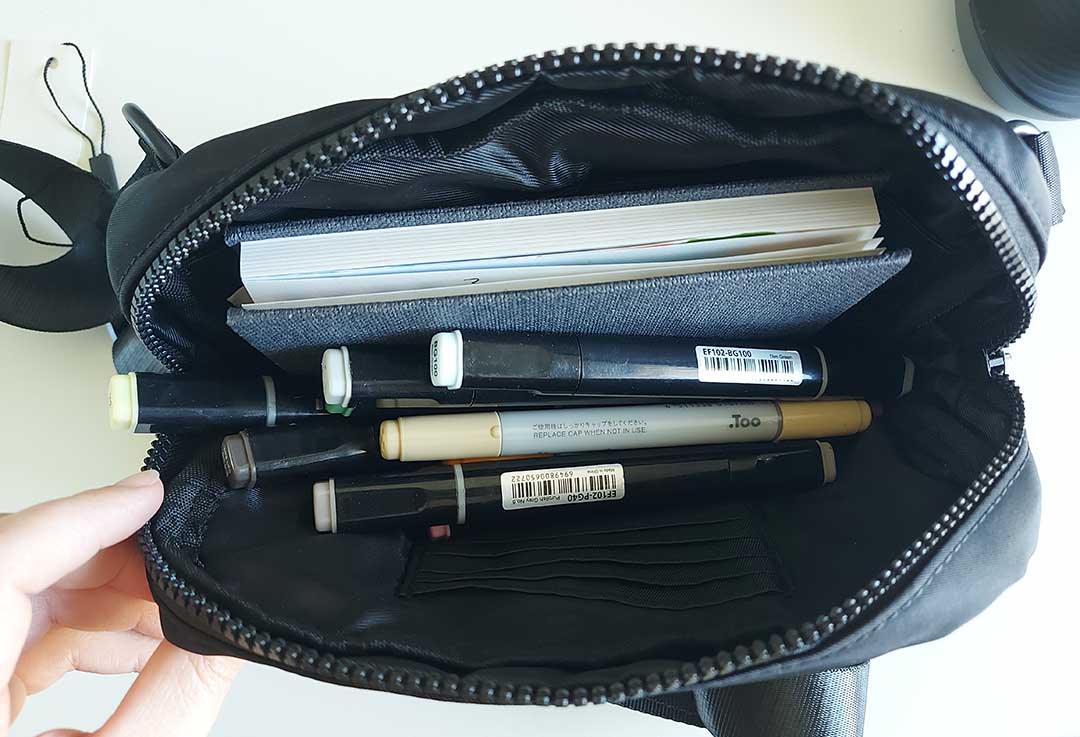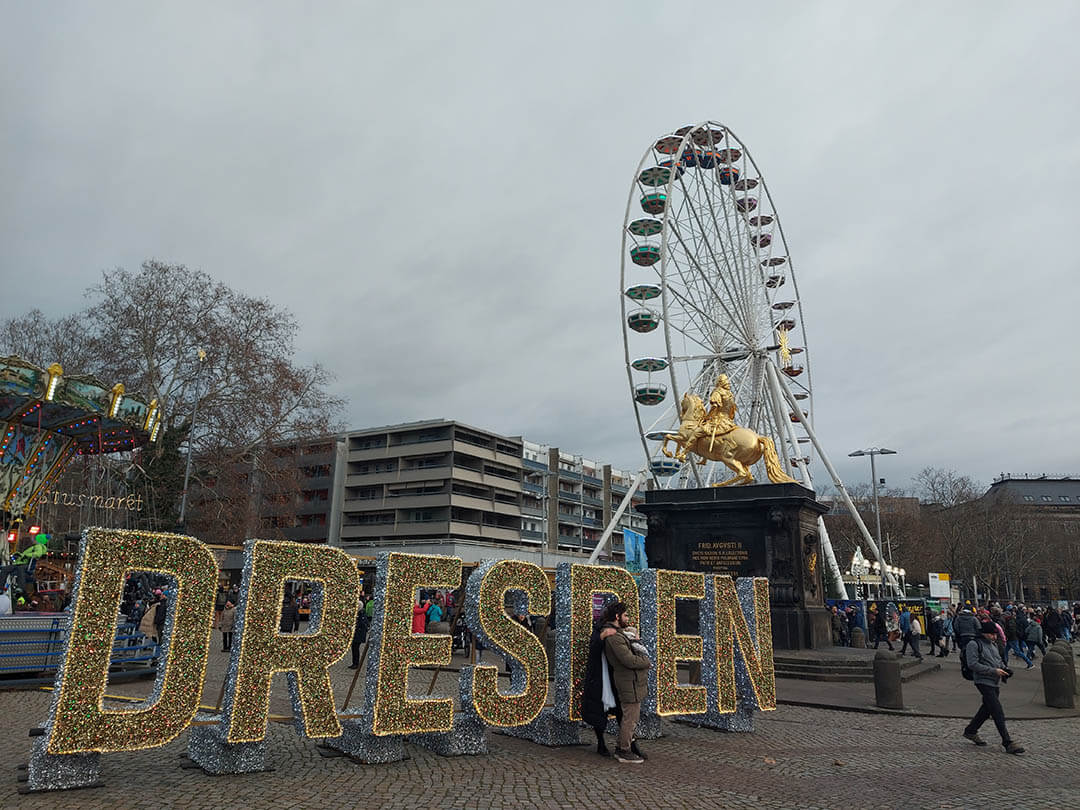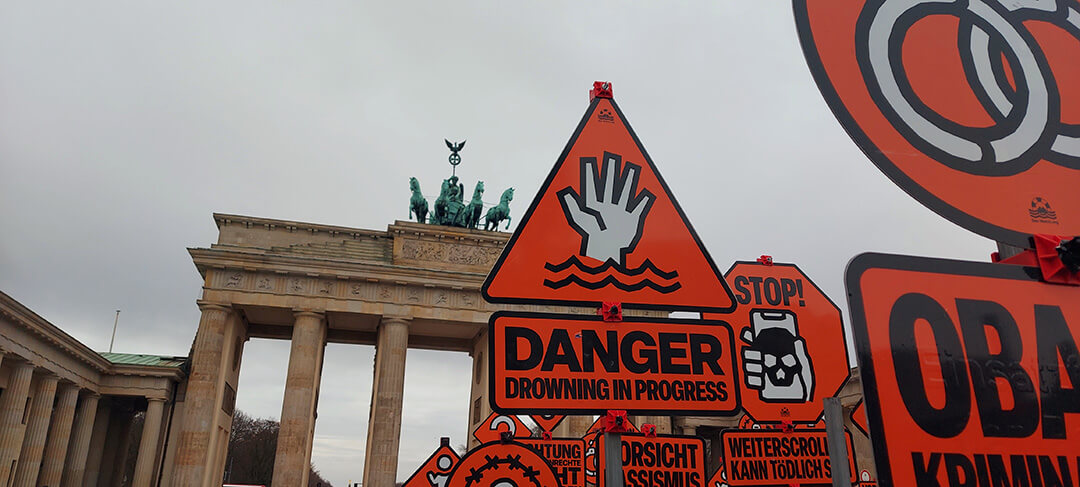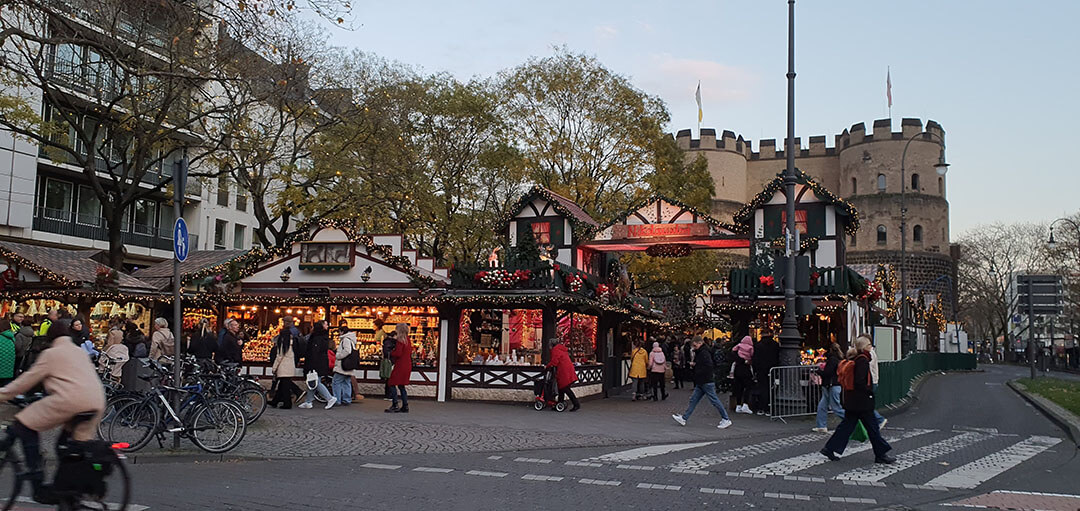Over the past few weeks, I’ve been working with Ecoline Liquid Watercolors in a variety of sketching situations—both indoors at the studio and outdoors on the go. These liquid watercolors offer a very specific style and workflow that some artists may love, while others might find limiting or frustrating. To help you decide if they’re the right fit for your creative process, here’s a breakdown of their key strengths and weaknesses based on my experience.
About my experiments with Ecoline read or listen my post here. Also I took ecoline to my New Orleans sketch trip, sketches I made there find here.
My Ecoline set you can see here.
Pro: Vibrant, Eye-Catching Colors
One of the biggest advantages of Ecoline is its brilliant and vivid pigmentation. The colors are incredibly bold straight from the bottle, which makes them perfect for illustration, poster-style art, or whenever you need maximum visual impact. Even a small amount produces a strong, saturated effect on the page. If your style leans toward expressive, colorful work, Ecoline definitely delivers.
Pro: Ready-to-Use Convenience
Since Ecoline is pre-mixed and comes in liquid form, it’s extremely easy to use right away. There’s no need to activate pigments or worry about ratios—just dip your brush and go. This makes them great for quick sketching or when you want to keep momentum without fussing over materials. It’s also helpful for beginners who want immediate results without a steep learning curve.
Pro: Ideal for Flat Illustration Style
Ecoline works particularly well for flat washes and clean graphic styles. The smooth consistency allows for even coverage and precise control when used with a brush or dip pen. If you enjoy comic-style art, journal illustrations, or bold silhouette work, this medium plays nicely with your vision. It’s also great for layering small details over large shapes.
Con: Difficult Color Mixing
One major limitation is that Ecoline doesn’t mix well. The dye-based pigments often overpower one another, resulting in muddy or unexpected shades. Unlike traditional watercolors that offer subtle blendability and harmonious transitions, Ecoline tends to flatten or stain quickly. This makes it hard to achieve nuanced color palettes or complex shading.
Con: Messy and Prone to Leaks
Ecoline can be messy to handle, especially when working outdoors. If you use refillable water brushes, the liquid can leak or flood the tip, especially on warm days or after being carried in a bag. The bottles themselves are also prone to drips and stains, and the ink can easily ruin other art supplies or sketchbooks if not tightly sealed. This makes it a high-maintenance choice for plein air work.
Con: Poor Flow and Spread Behavior
Despite its liquid form, Ecoline doesn’t spread like ink or traditional watercolor. It doesn’t create natural blooms or beautiful feathering effects, and on some papers, it can look patchy or uneven. This makes it less suitable for expressive, experimental techniques like wet-on-wet or abstract washes. You’ll need to rely more on control than happy accidents.
Con: Not Ideal for Abstracts or Depth
Creating variations and layering can be a challenge. Ecoline tends to stain the page quickly, preventing subtle lifts or changes once dry. If you’re trying to build atmosphere or layered abstractions, the medium often falls flat. This limits its versatility and makes it best suited for styles that don’t require much tonal variation or transparency.
In summary, Ecoline Liquid Watercolors are stunning to look at and easy to start with, but they’re not a universal medium. They shine in vibrant, controlled, illustration-style work and indoor use—but they struggle when it comes to blending, abstract techniques, and portability. I still enjoy having them in my toolkit, but now I reach for them more selectively, knowing exactly what they’re good for—and what they’re not.

